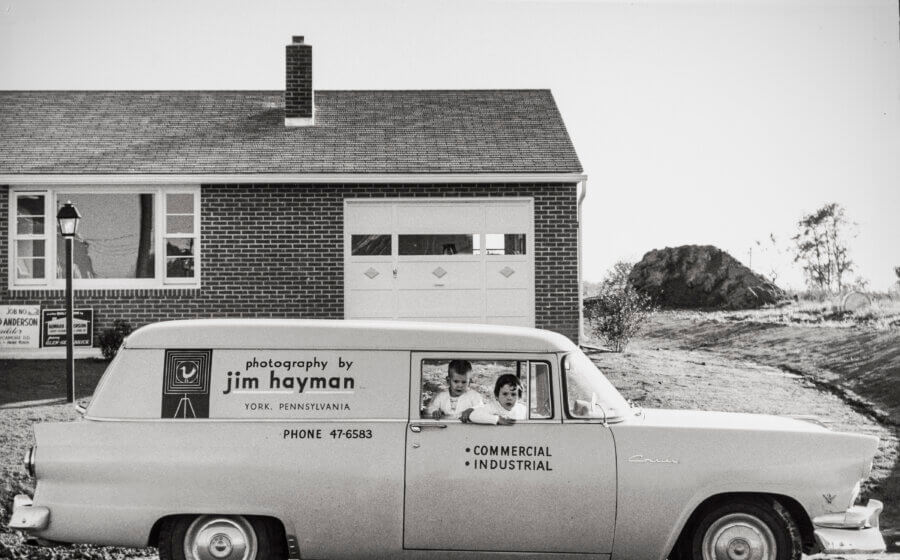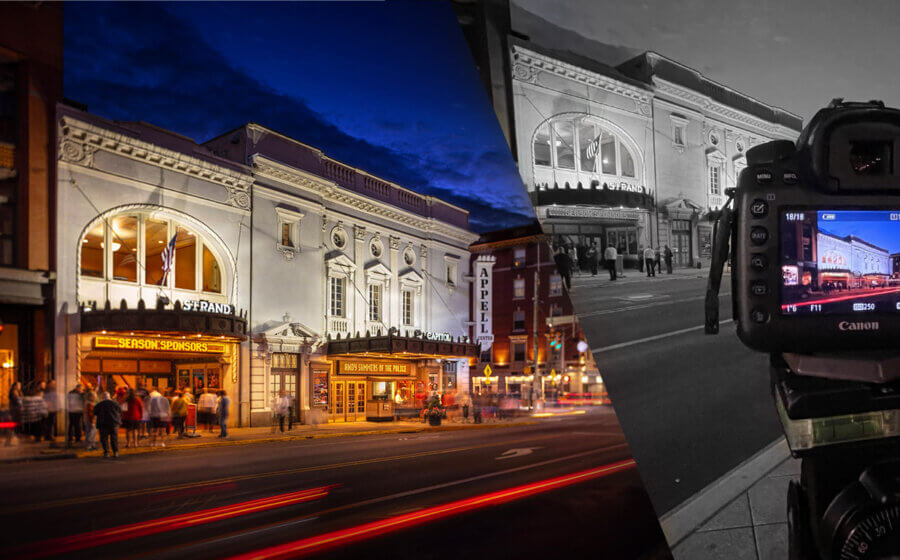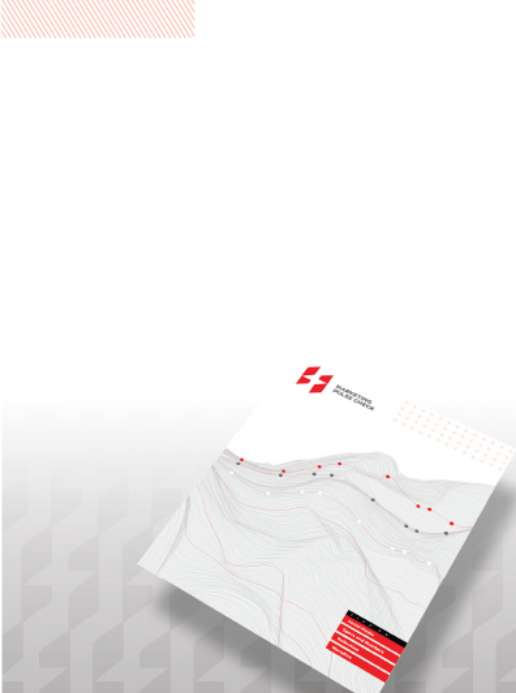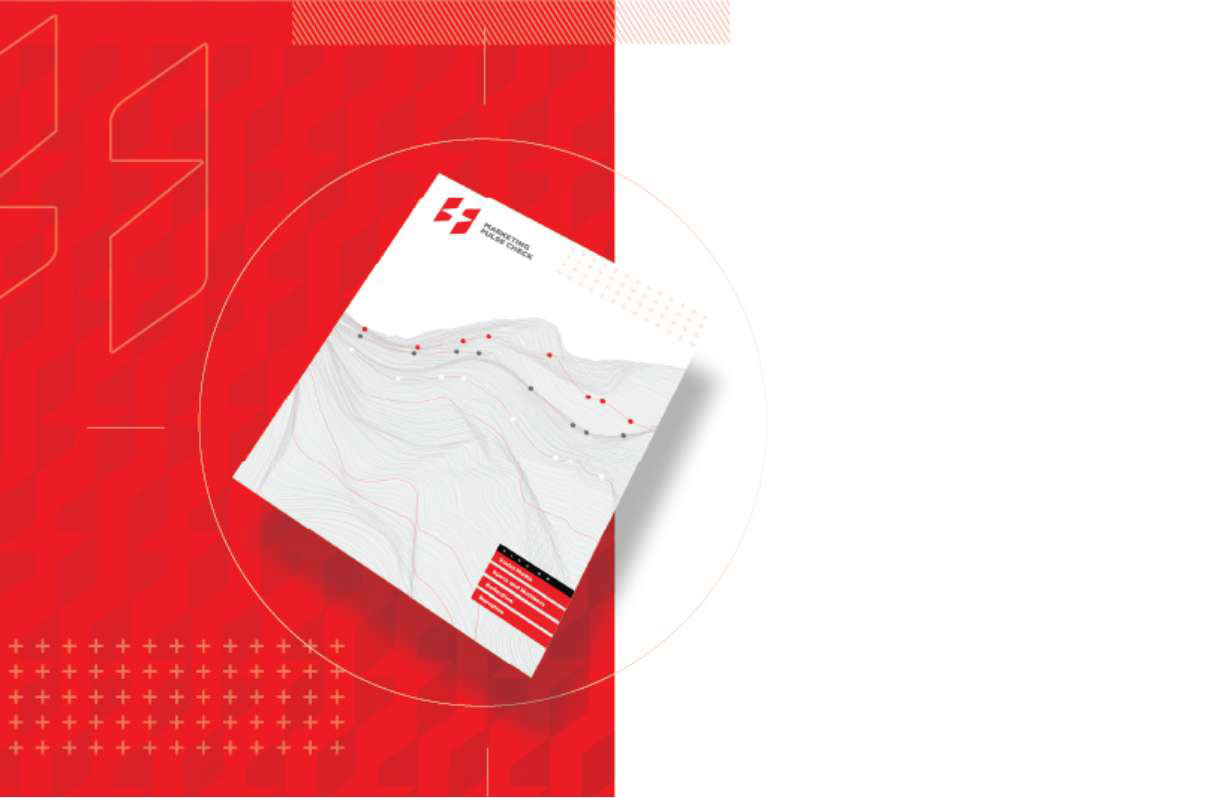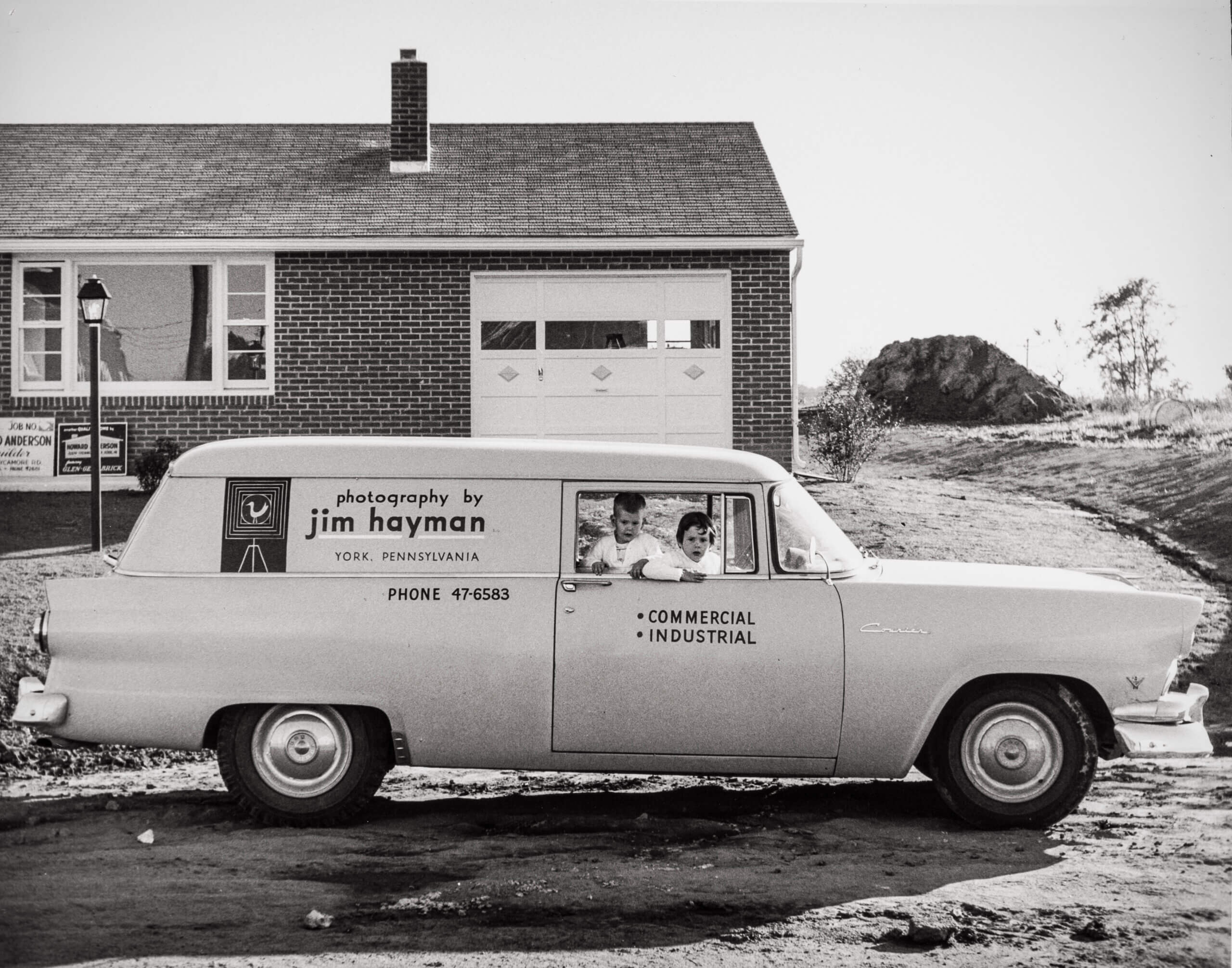
A Soaring Industry - Part I: 1946 - 1986
Advancement in photographic technology in the past 50 years: 1946 – 1986
As we celebrate our 75th year in business, three generations of Haymans will be providing their take on how the industry, technology, and our services have evolved. Up first is our founder, Jim Hayman Jr., who created Hayman Creative Studio in 1950. This era had us using large cameras to capture images on 11×14” or 8×10” negatives, using constant light sources, and working with time-consuming film and print developing processes. In 1965 we also purchased a building in North York that would become our Studio – running continuously to this day. Below is a paper “Big Jim” wrote in December of 1986 outlining the changes in the industry and technology over his 40-plus-year career as a commercial photographer.
Written by Jim Hayman Jr. in December 1986.
The following is a personal observation of changes made in the past 41 years in the field of photography. All changes couldn’t be listed as the magnitude of them is too great to comprehend. The following are a few related categories to which most photographers of today can relate to.
Films were much slower in speed during the late forties and fifties. For instance, Ektachrome and Kodachrome had an ASA rating of only 10. Black and white films did not have the fine grain of today’s modern films. Using larger format cameras helped to keep the grain at a more acceptable level.
Personally, I never used more 8 x 10” film because of this factor and also I liked the large format as it made composition a lot easier to control. Composition is lacking in many advertisements in today’s publications. I am not sure where the fault lies, but I feel sometimes the photographer in charge doesn’t pause long enough to compose his subject very well.
Good balance, lighting, and composition are the creative tools needed to achieve better professional photographs. It has been said many times that a lot of photographers take a lot of pictures but too few are talented to make many photographs.
“I was not aware of this comment made by my grandfather when I wrote a recent blog “Pictures vs Photographs”. It seems 35 years later he and I are of a similar opinion – lots of people take pictures, but few take the time to create a photograph. In my recent blog I talked a lot about intent, you can read it on my blog here: Is image everything, really?“
Ryan Hayman, Owner – Hayman Creative Studio
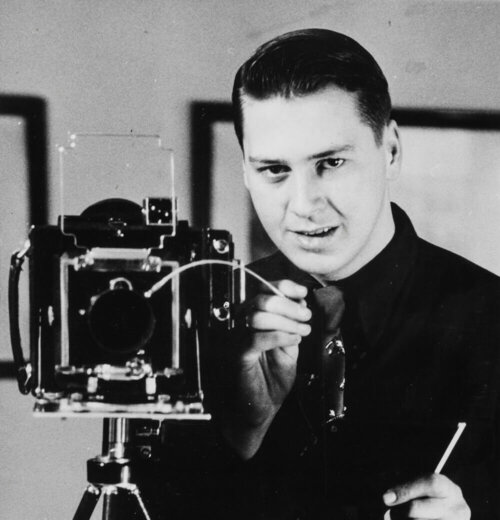
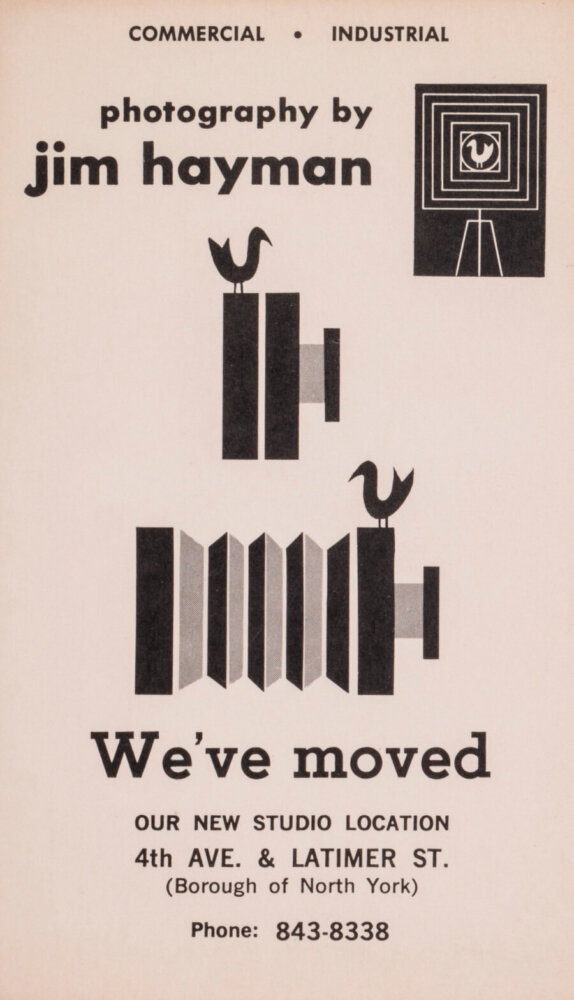
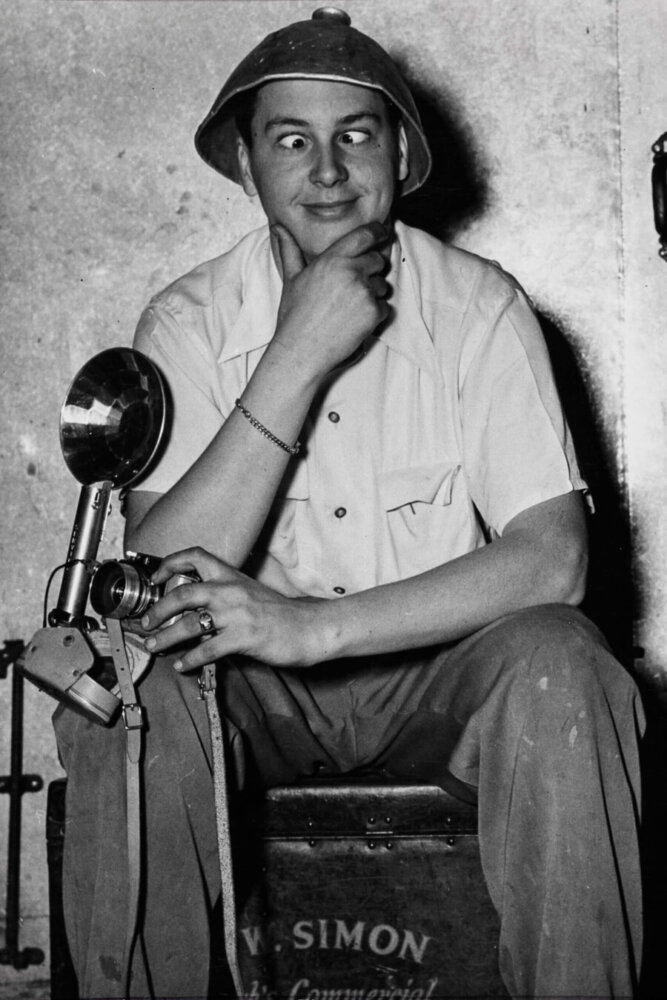
Processing temperatures in the late 1940’s and 50’s for Ektachrome was 68 degrees as compared to todays’ 100 degree temperature. In the early days of color processing of film you had a lot of freedom. Freedom meaning that you didn’t have to be exacting in time and temperature because of the long processing time it required. Also these films had a lot of latitude that the films of today don’t allow you the mistakes you used to make on the old films. Of course remember the old chains to the sink and chemical tanks. This part I would just as soon forget.
Now with today’s film with high processing temperatures of 100 degrees a machine process is a must to achieve constant results. Remember today you only have a plus or minus ¼ degree tolerance. Not even time to scratch your nose. This makes it virtually impossible to hand process at this very high temperature. This doesn’t mean that you can’t produce results by hand. Repeatability and quality control are very impracticable with unpredictable results.
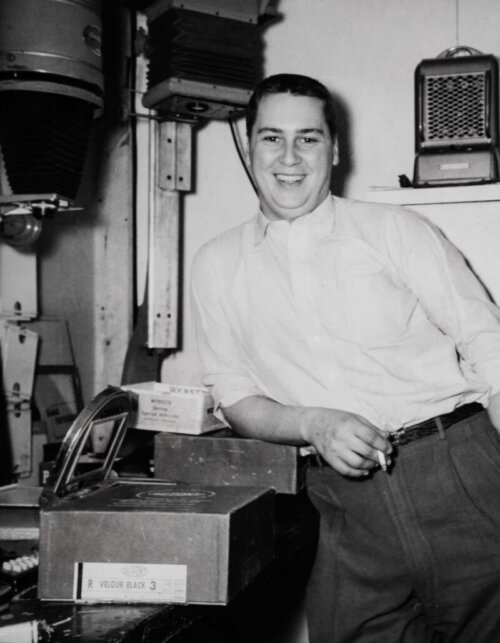
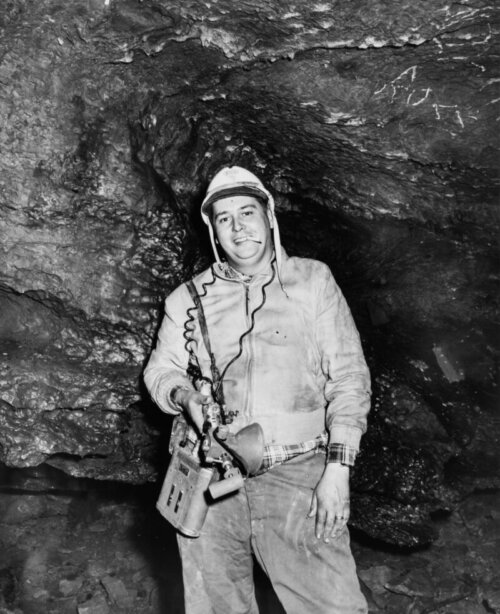
Lighting with natural or existing light was unheard of in these days. There were exceptions like interior views without people. It always bothered me to see a big spacious interior view of a factory and not a soul in sight. If you did use people, they had to hold very still. I’ll never forget yelling HOLD IT! HOLD IT! HOLD IT! The use of bounced light, in rooms, would give you simulated natural of existing lighting. You also needed a lot of extension cords, stands, lamp holders, and lots of electrical supply, etc.
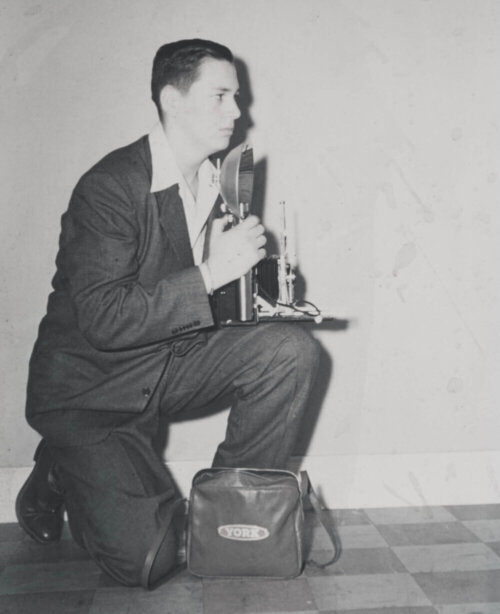
Black and white and color printing papers, fiber to RC, were much slower in speed as film in the same era. It was common to have to expose 8 to 10 minutes to make an average 16 x 20” enlargement in black and white on the old standby Opan G papers. Of course you had to have a good negative with proper exposure. Anything near an over exposed negative on these slow printing papers was a disaster in time.
Processing of the fiber-based papers was a real drag. After hand processing the prints you had to wash them at least a full hour to make sure all of the hypo solution was removed to assure them from fading. Now to dry. When I started to work in photography, 1946, I worked at a local commercial studio. We would wash the prints for hours because of their very large volume of printing. After washing the prints we would place them on ferrotype plates and run them through the wringer and place them in a special room to dry overnight. The next morning we would peel the prints from the plates. A short time later along came The Pako gas dryer. Now we could dry 100 8 x 10” glossy prints per hour. This was a great improvement in the early 50’s.
Today, the studio processes dry to dry, using RC papers, in less than 2 ½ minutes as compared to at least 1 ½ hours or longer depending on the amount of prints there were to wash using fiber base papers.
Remember: Exposure speed at camera and darkroom printer is much shorter today. No wasted time waiting for long washing cycles. Color prints are dry to dry in only 7 minutes after they are exposed. Leaderless roller transport film and paper processors save time, money, and especially talent. This talent now can be used in the creative areas of the studio.
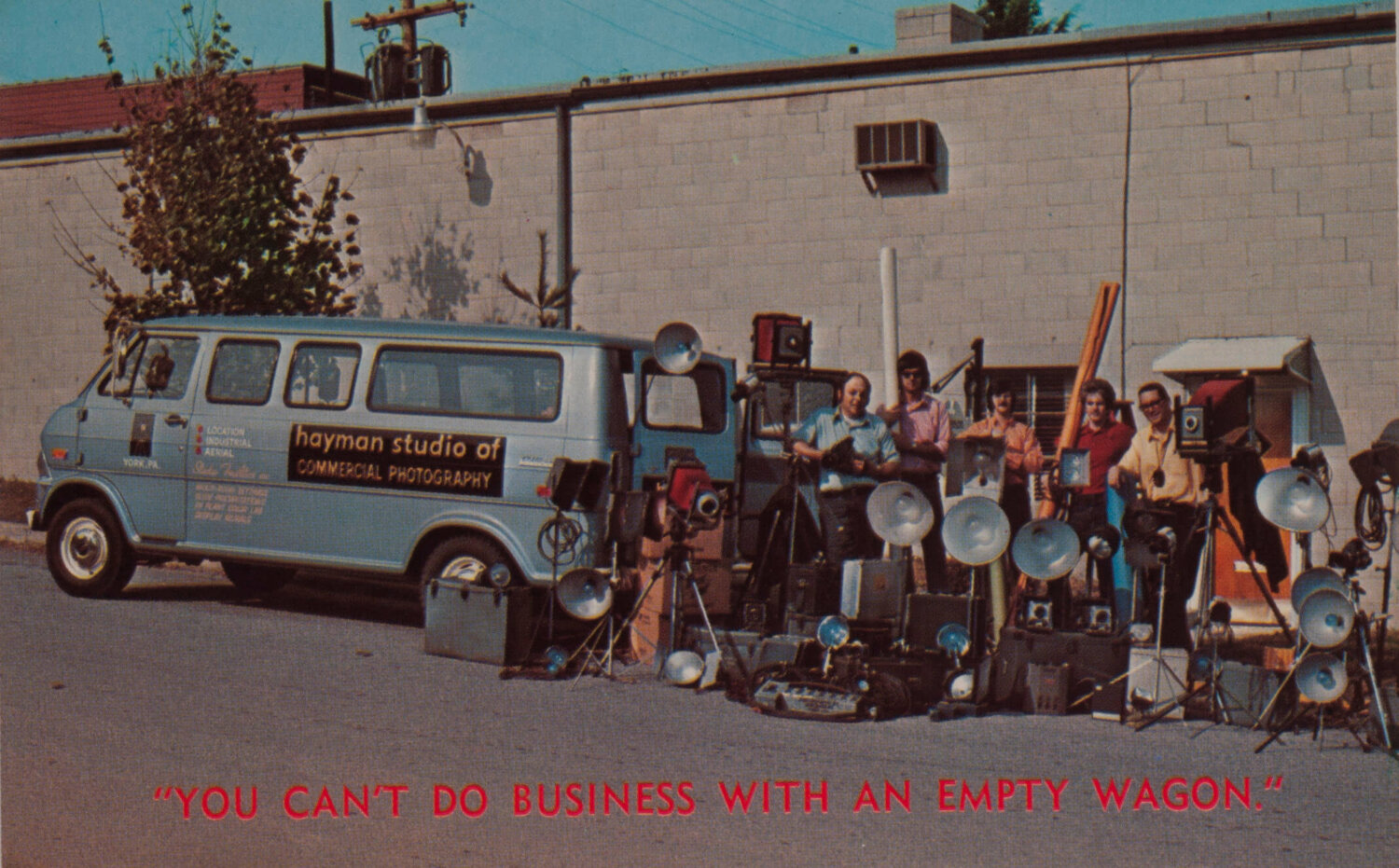
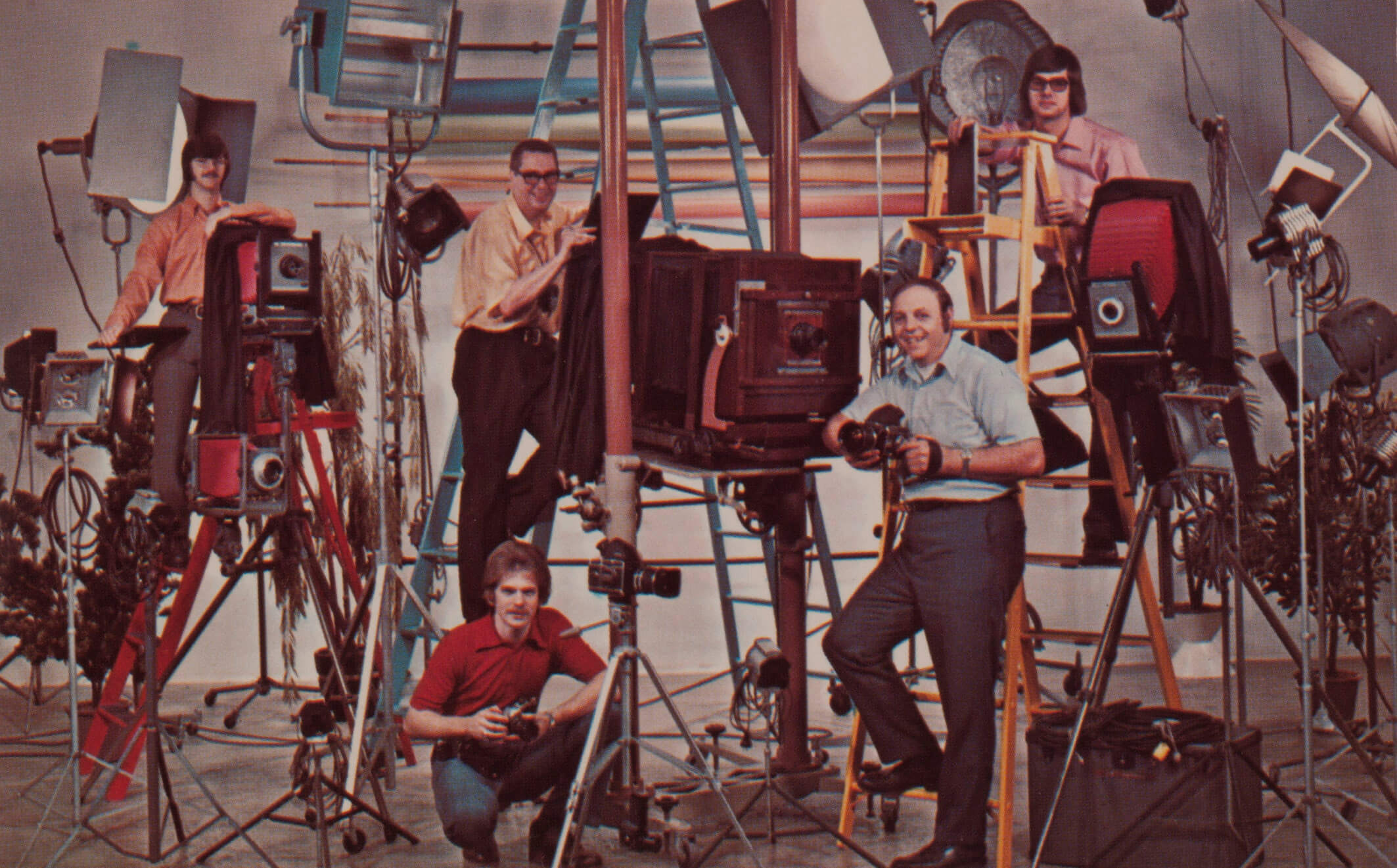
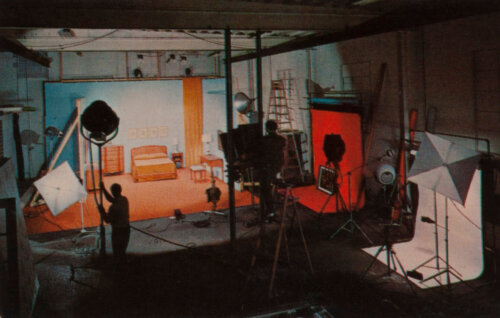
Camera work has greatly improved these days. You used to have to measure distances from flashhead to subject and divide the number of feet into the guide number of each type of bulb to get your estimated F stop. This had to be done every time you set up. Also every different type of bulb had a different guide number. Because of this I myself preferred to set up lamps, floods on stands and determined my exposure by the use of a reflection light meter.
With today’s high powered portable strobe equipment you can use an electronic flash meter at the subject to determine your exposures without the hassle of the old previous methods with varying guide numbers.
Many smaller units today, such as Vivitar, are automatically calibrated from the camera or light stand to the subject and with a fair amount of practice can produce most pleasing results.
I personally am not satisfied with only one light source, especially from the camera. I like to get the flash off the camera and keep it higher than the subject. This tucks the shadows behind the subject and produces better looking photographs with better dimension.
The use of Polaroid backs on cameras has become a great tool in photography. If properly applied they are almost a must when working with today’s advertising clients and art directors.
All of these improvements enhance the professional photographer’s productivity and allows him or her to achieve professional results in less time and gives them more time to be more creative.
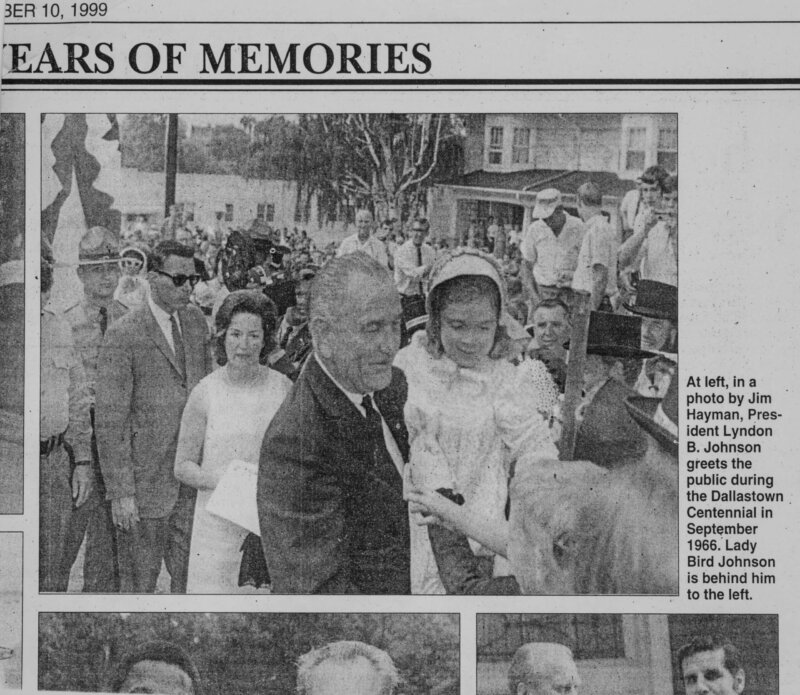
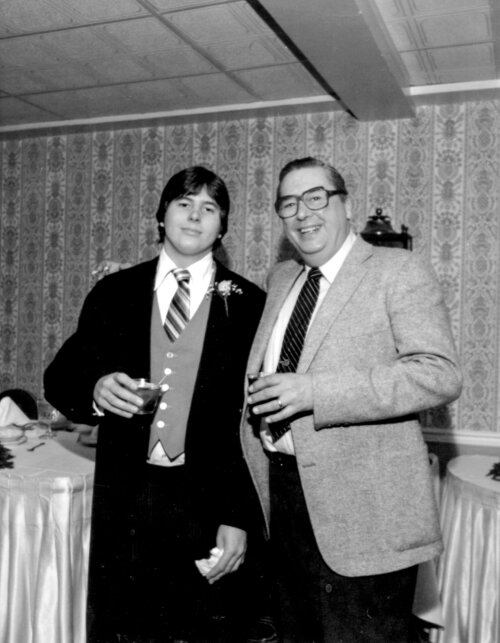
There has been so many changes in this industry I could not begin to mention all of them. But it has been an exciting field with exciting new avenues in development. Sometimes I can recall the thrill of seeing the first images appear as I immersed the first Velox print into the small tray of Dektol solution. I never imagined how exciting and rewarding this field could be to me personally and to my family. Especially now that I have retired and the studio still grows, grows, and grows. Thanks to the fine talents and devotion of the staff, my son Jim 3rd , and Tim who now have taken the ball and gone forward full steam ahead.
Professionally,
Jim Hayman Jr.
Dec. 1, 1986
Hayman Creative Studio is a third-generation, family-owned-and-operated creative studio. We opened our doors in York County in 1950 and have continuously served local and national clients from a variety of industries and organizations: manufacturing, healthcare, and professional services are just a few of those. Our clients come to us for our unique Hayman Experience that only decades of knowledge and a deep passion for our craft provide: it’s great attention to the process, a productive and easy-going environment, professional and efficient turnaround, and exceptional quality projects.



